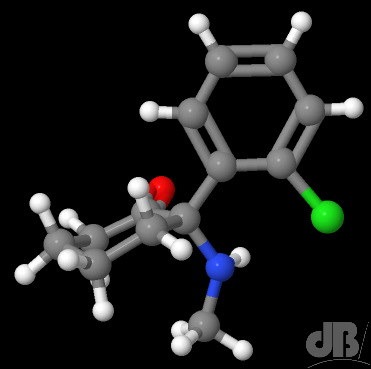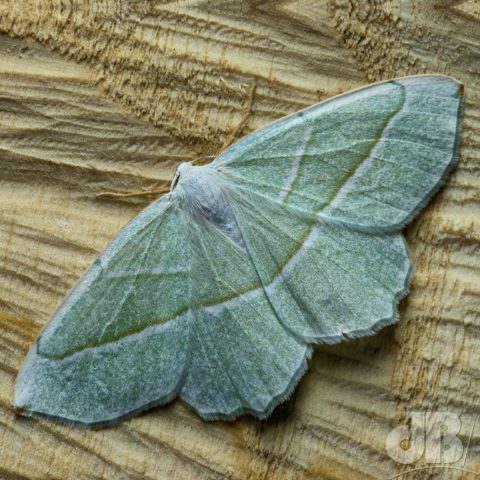This was an interview for my Personal Reactions column on the old ChemWeb site from 1999 featuring Carolyn Bertozzi, who this week was announced as one of three recipients of the 2022 Nobel Prize in Chemistry.
Biography: Professor Carolyn Ruth Bertozzi, born 10th October 1966. Boston Massachusetts.
Position: Associate Professor of Chemistry, University of California at Berkeley
How did you get your current job?
The usual way. I applied for faculty positions in 1995 in response to advertisements in C&E News
What do you think clinched the deal?
Good fortune and a strong publication record from my graduate and postdoctoral labs
What do you enjoy about your work?
Everything. I love the variety, the interesting and brilliant people, the challenge of figuring out data and the thrill of new discoveries. Best of all is seeing how young people get turned on to research and develop into top-notch independent scientists. This must be the best job in the world.
What aspects would you change?
In the perfect world, there would be a more entrenched system to accommodate the demands of both work and family, and perhaps a better representation of women on the faculty. These are not out of the realm of possibility in my lifetime. Also, higher salaries to match the cost of living would help ease the burdens of everyday life
What was your first experiment? Ever?
I don’t remember it has been so long. My first research position was in the summer of 1986 and I performed experiments with lasers and cell membranes with the goal of understanding how photogenerated oxidants damage membranes
Did it work?
I don’t remember but I learned a lot and it was fun
Was your science teacher inspirational?
My high school biology teacher was a true inspiration. Then in college, I had several chemistry professors who inspired me to switch my major to that subject
What would the teenage you think of the present-day you?
Too serious
What is your greatest strength?
Versatility. I am reasonably competent at many things
Weakness?
Too quick to pass judgement. Perhaps also too limited attention span
What advice would you give a younger scientist?
Try to resist peer pressure and pursue those areas of science that you find truly fascinating
What would you rather be if not a scientist?
Nothing else compares but if forced out of science by factors beyond my control, I would pursue medicine or music
Which scientist from history would you like to meet?
Hermann Staudinger, the German Nobel prize-winning chemist who was far ahead of his time
What would you ask them?
How did you conceive of these reactions?
How has the Internet influenced what you do?
It has greatly facilitated our ability to understand genomic information, and to process literature in many areas of science. I am sure that the Internet has also provided information on my lab to others around the world, which helps us gain recognition, collaborations and new colleagues
In what ways can scientists improve their public image?
Participate in outreach programs so that young people can see the beauty and excitement of what we do
What might be the biggest achievements in science in the next century?
Complete sequencing of the human genome, structural elucidation of membrane proteins, real-time mapping of chemical transformations inside living animals. More globally, effective cures for cancer and microbial infections will affect millions of people.
What’s your favourite chemical reaction?
The Staudinger reaction between azides and phosphines
Which living scientist do you most admire?
My father William Bertozzi, a physicist at MIT. [Carolyn’ sister Andrea Bertozzi is a Professor of Math and Physics at Duke]








